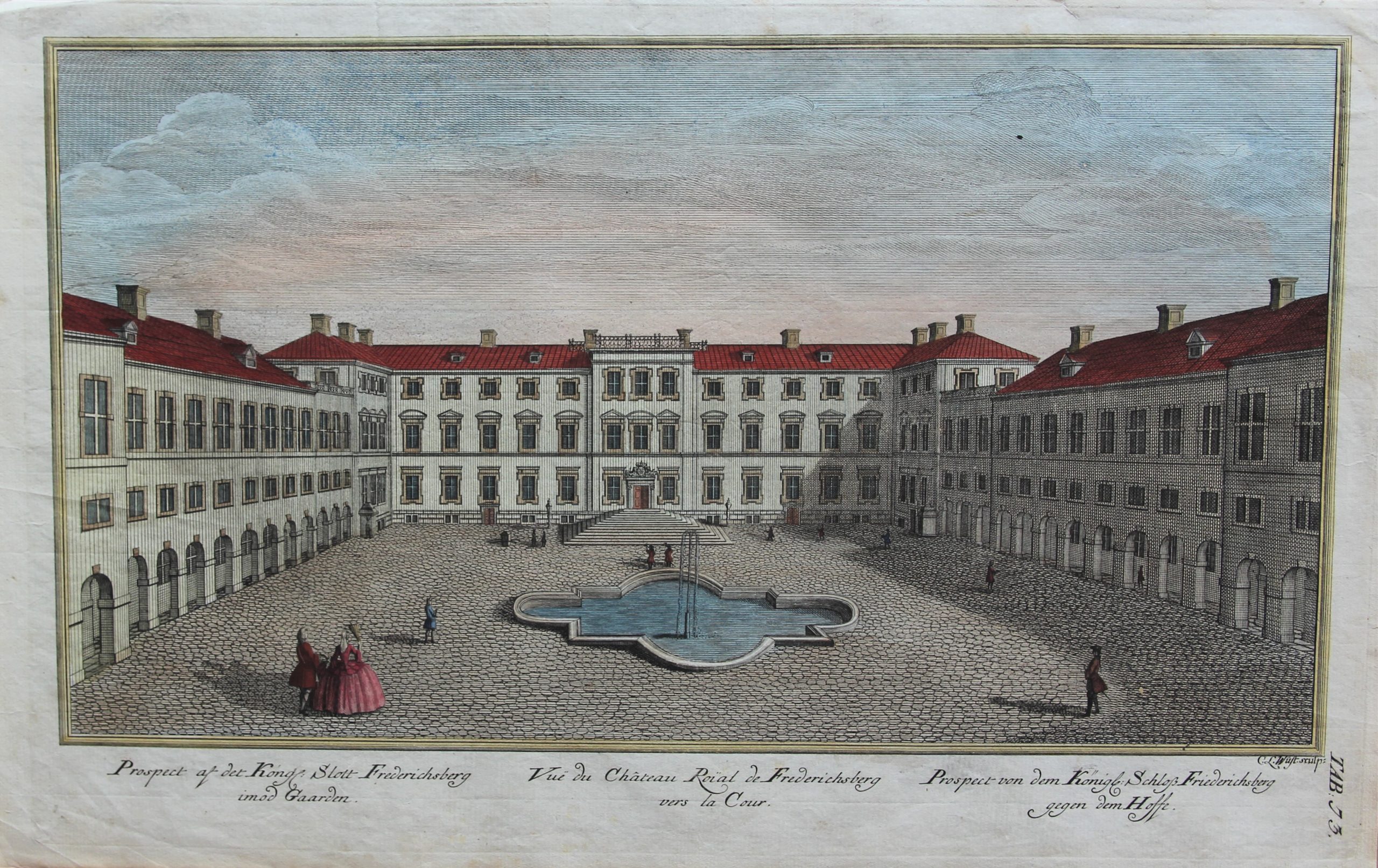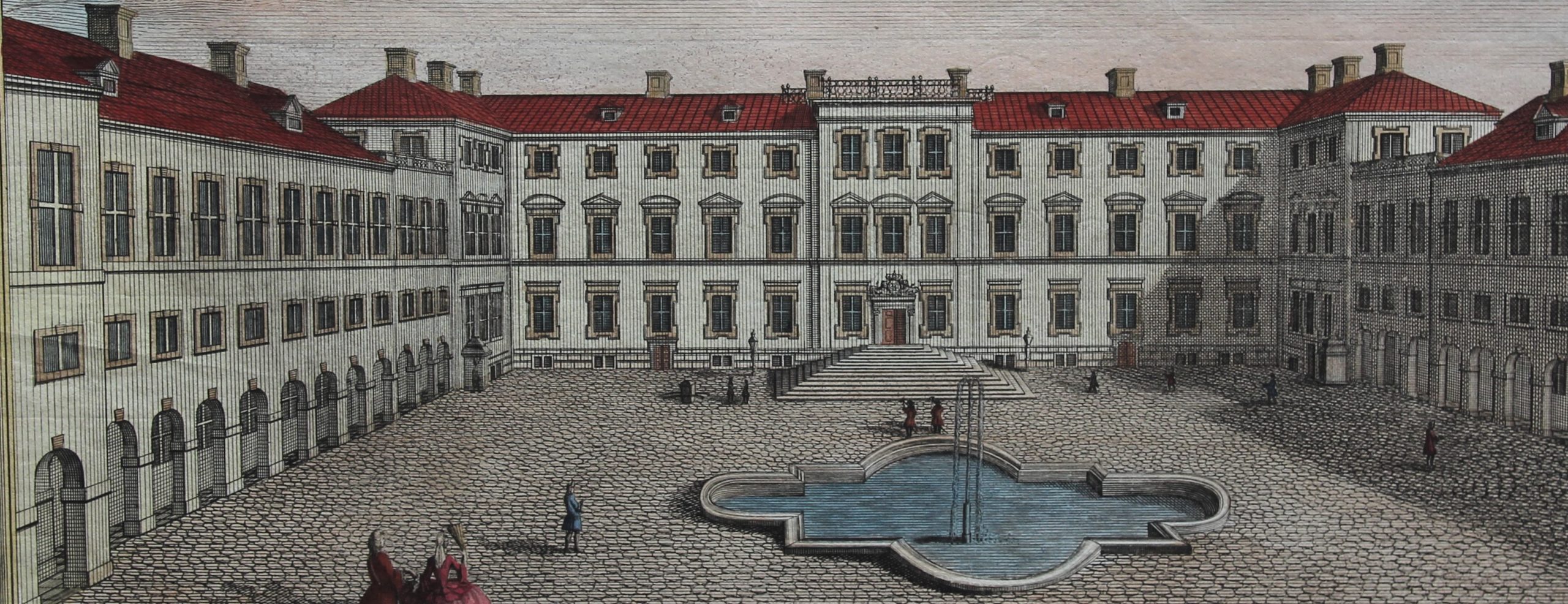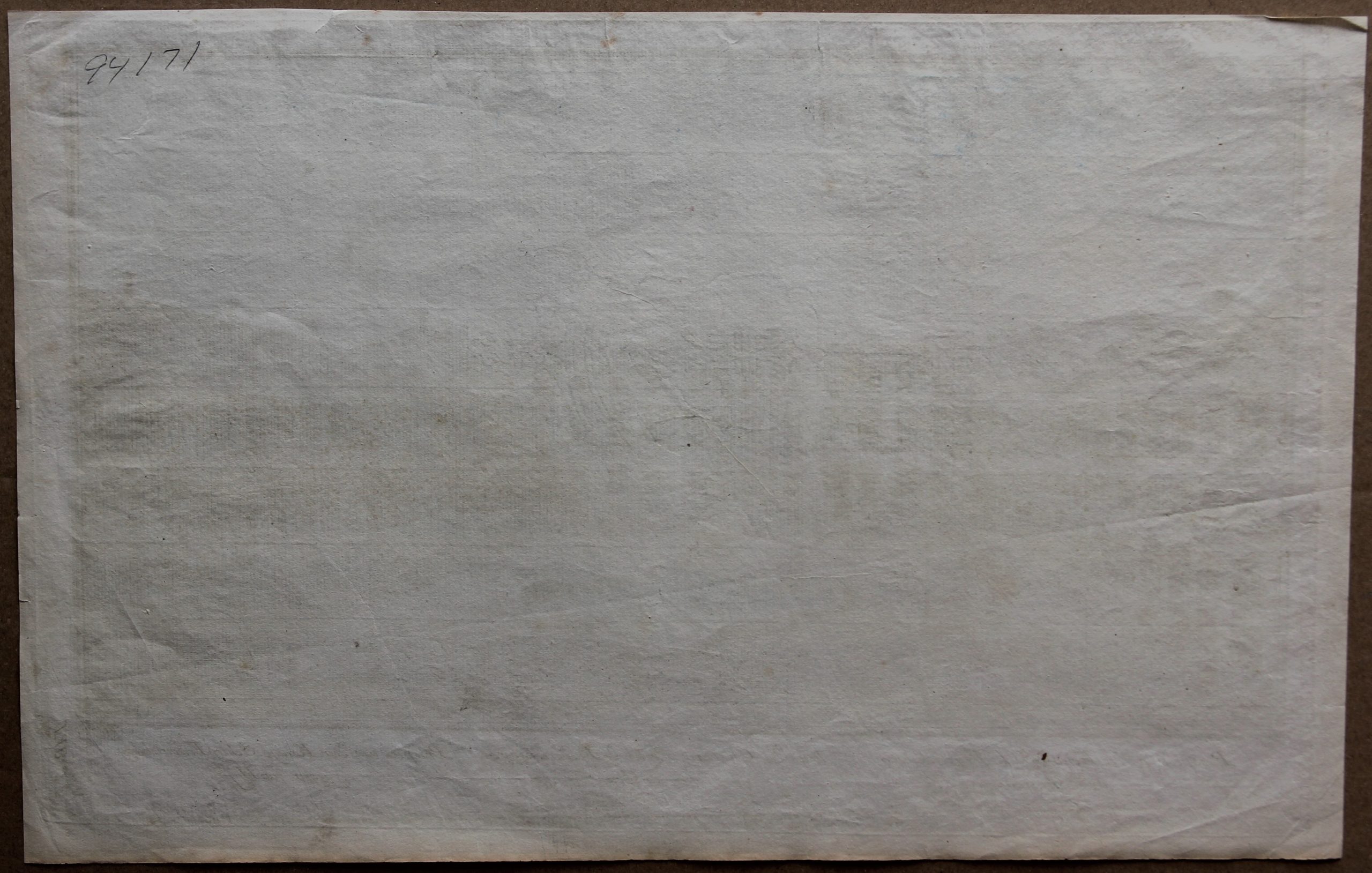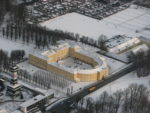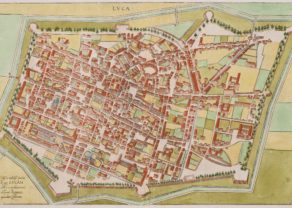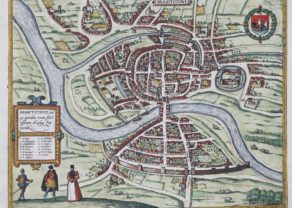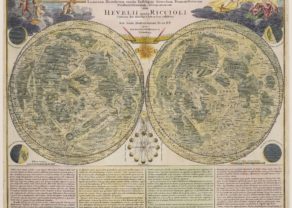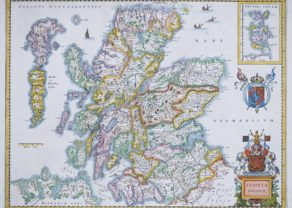Copenhagen – Fredericksberg Castle
A grand exterior view
Detail
Date of this view: 1746
Dimensions (not including margins): 25,5 x 42 cm
Dimensions (including margins): 28,9 x 45,9 cm
Condition: excellent. Sharp copper engraving. Vivid Original colouring. Wide margins. Slightly tone-aged.
Condition rating: A+
Verso: blank
From: Den Danske Vitruvius, 1746
In stock
Fredericksberg Castle
Fredericksberg Castle is a Baroque residence, located in in Copenhagen. It commands an impressive view over Fredericksberg Gardens, originally designed as a palace garden in the Baroque style. Constructed and extended from 1699 to 1735, the palace was inspired by the Italian style at the time.
King Frederik IV used Frederiksberg Palace as a summer palace, while King Christian VI lived there permanently, while Christiansborg Palace was completed. King Christian VII was born at Christiansborg Palace 29 January 1749 and lived in the first half of his life at Christiansborg with his young wife Queen Caroline Mathilde.
Since 1869, it has housed the Royal Danish Military Academy.
Wüst offers a striking view of the inner court of Fredericksberg Castle in Copenhagen. From “Den Danske Vitruvius”, a richly illustrated 18th-century architectural work on Danish monumental buildings of the period, written by the Danish Baroque architect Lauritz de Thurah. It was commissioned by Christian V in 1735 and published in two volumes between 1746 and 1749. The direct inspiration for this publication was Colen Campbell’s Vitruvius Britannicus.
Optica prints
In the eighteenth and nineteenth centuries there were many popular specialty establishments in Paris, Augsburg and London which produced optical viewing devices and special engravings to be viewed through them. In the 18th century the optical print or vue optique came into existence, whose exaggerated converging lines were intended to produce the optical illusion of deep recession. The viewing devices for which these perspective prints were produced consisted of a lens and a mirror, this requiring the use of reversed or mirror-image pictures.
